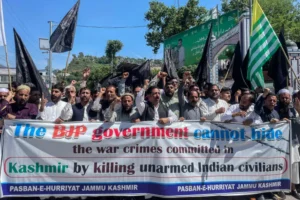The Trigger: Pahalgam Attack
On April 22, 2025, armed militants attacked tourists in Baisaran Valley near Pahalgam, killing 26 civilians. There was propaganda that people were killed in the name of religion. It was like a Bollywood movie script, in which Modi’s name was specifically mentioned. This script was actually stolen from India, when Tabriz was killed for asking about religion. There are thousands of such incidents in India where people are killed over questions about religion.— They Said attackers targeting Hindus, but also killing a Christian tourist and a Muslim pony-guide who resisted them . The massacre led to heightened India‑Pakistan tensions and retaliatory military operations
2. Personal Accounts of Post-Attack Violence
(a) Ax Attack by “Gautam”
“I was sitting outside my house when Gautam — no reason, no dispute — came up and attacked me with an axe, saying, ‘26 were killed—now we’ll kill 26 Muslims.’”
A clear example of unprovoked religiously motivated violence.
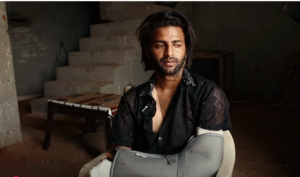
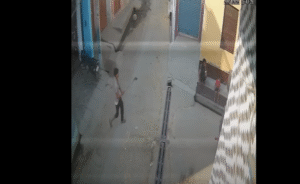
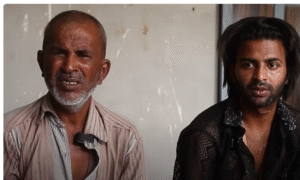
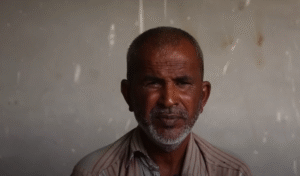
(b) “Bhalpuri Snack” Shooting
“A man eating bhelpuri was shot because he was Muslim. Others were reassured, ‘Don’t worry—you’re Hindu.’”
A chilling display of communal targeting.
(c) War on Kashmiris
“Whether Pulwama or Pahalgam—always, the war starts with Kashmir’s people. Over 2,000 detained the next day, jails filled, media tarnished us, social media defamed Kashmiris.”
Systematic crackdown utilizing the attack as a pretext.
(d) Multi-State Harassment
Accounts described attacks across India:
-
3 incidents in Uttar Pradesh, 3 in Uttarakhand
-
Cases in Punjab, Delhi, Himachal Pradesh
-
Spread even to Maharashtra (Nagpur, Mumbai)
Kashmiri students were beaten, drivers attacked, hostel doors barred against them.
(e) “Leave by 10 AM” Ultimatum
A video featured a Hindu Raksha Dal leader threatening,
“Kashmiri Muslims, leave Dehradun by 10 AM tomorrow—or face consequences you can’t imagine.”
A blatant, publicly declared invocation of mass targeting
.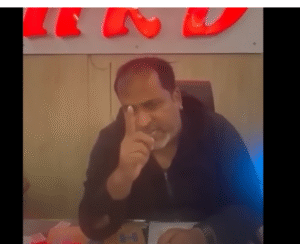
(f) Assault from Hostel
“Locals pounded on our hostel door—calling us terrorists, twisting my friend’s arm, pulling his hair. We fled barefoot.”
A horrifying snapshot of vulnerable student lives shattered.
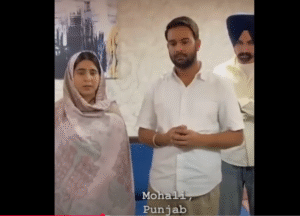
(g) Homes Demolished
Thirteen homes were blown up, citing “suspects inside.”
“Which law allows you to demolish innocent homes? Is this your idea of Kashmir?”
An extrajudicial retaliation lacking transparency or due process.
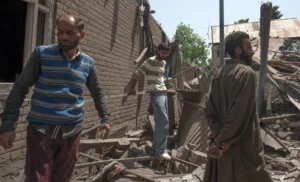
8. Agra Killings & Threats
In Agra, two Muslims were shot dead. One attacker declared:
“If I don’t seek revenge for 26 by killing 2,600, I’m no son of Mother India. Jai Shri Ram.”
A chilling example of violent hyper-nationalism.
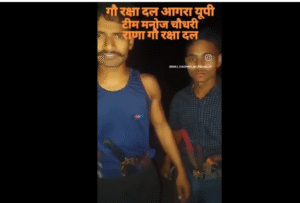
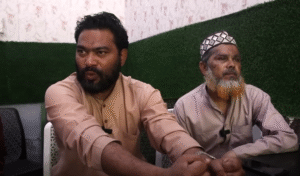
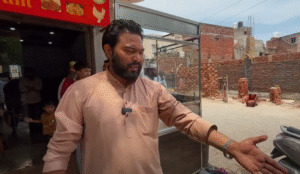
Wider Patterns of Hate
Counsel for Peace (CJP) recorded 180 hate incidents across India—murders, assaults, hate speech—with many directly refers to the Pahalgam attack The violence was particularly concentrated in northern and central states.
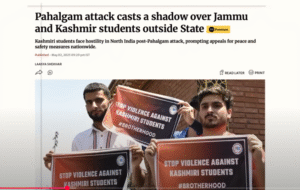

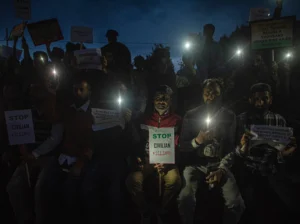 .
.
3. Broader Patterns and Data on Hate
-
CJP documented 180 incidents of targeted hate violence against Indian Muslims across April–May, including murders, abuse, and hate speech.
-
Over a third referenced the Pahalgam attack as justification
-
Violence was concentrated in states like Uttar Pradesh, Uttarakhand, Madhya Pradesh, Maharashtra, and Haryana.
4. Media, Nationalism & Government Reaction
Mainstream media spotlighted Hindu victims while overlooking Muslim lives lost or those who protected others. This unbalanced storytelling fueled further polarization.
India’s government responded militarily with Operation Sindoor — strikes on militant bases in Pakistan and PoJK, escalating cross-border conflict before a ceasefire. The events severely disrupted tourism and peace narratives in Kashmir
“26 in revenge for 2600” isn’t just a slogan—it’s a brutal ideology. It unleashed societal hatred, institutional silence, and normalized collective punishment. The cycle of violence and retaliation deepened communal fractures and sent shockwaves through communities across India.




